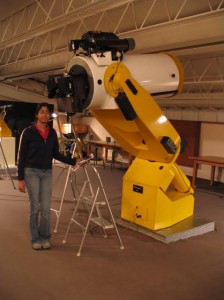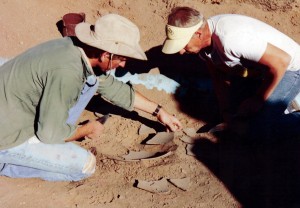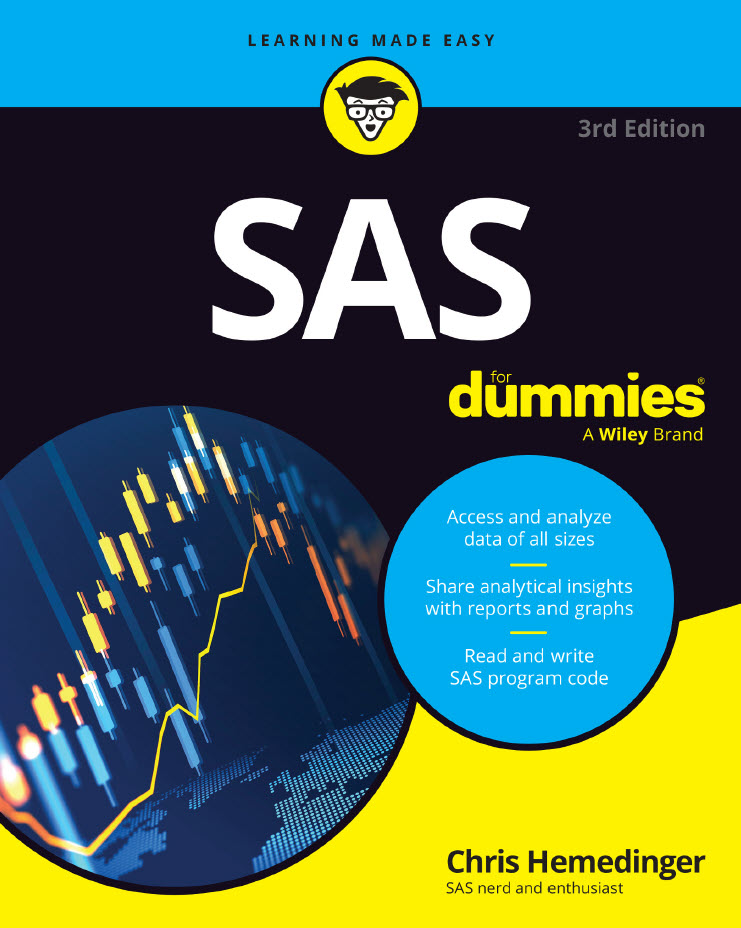Finding people with the range of skills classified as data science can be a challenge, which is why some call them unicorns (do they really exist?), so I recently posted ten tips on finding unicorns. In my first post I elaborated on tips 1 and 2 (1. hire from an MS in Analytics program and 2. hire from a great program you've never heard of). In this post I'll share two more tips, which entail hunting for data scientists beyond the math, stats, computer science, operations research, and engineering departments where you might most expect to find this kind of talent.
3. Recruit from untraditional disciplines

As this article from Inc. points out, computer science may not be the best place to find data scientists. In fact, the article refers to a survey of data scientists, of whom 51% recommend that the best source of data scientists is outside of computer science. For that matter, if you limit yourself to other, perhaps more “traditional,” analytical disciplines you may be overlooking some great candidates. Like Wayne Thompson, the Chief Data Scientist at SAS, who studied plant sciences but minored in statistics. His path through agricultural sciences is natural for many of our colleagues, since SAS was founded by a consortium of land-grant universities heavily funded by grants from the United States Department of Agriculture. Over the years many of our senior executives have had degrees in agricultural-related disciplines like forestry, agricultural economics, etc.

Consider Juthika, an analytics solutions architect who assists customers in defining their business problems and demonstrating how SAS advanced analytics solutions could help. But before joining SAS Juthika studied astrophysics, studying complex systems, statistics, and how to deal with abstract concepts. Juthika says that the data astrophysicists deal with has high noise but low signal, so they are experienced in methods to tease out that signal. See how well Juthika bridges that gap in this blog post she wrote on using WAVELETS to separate the signal from the noise. Physicists also usually have strong computational skills, which is why we have hired several in Advanced Analytics R&D to develop our software.
4. Look beyond STEM departments to recruit from the social sciences
There are plenty of good reasons to recruit from the STEM (science, technology, engineering, and math) disciplines, since these fields provide their students an excellent foundation for analytical problem-solving. But there are good reasons to look to the social sciences as well. Phil Weiss is an analytical consultant who helps customers understand how our advanced analytics software might solve their business problems. He shared, “The value of a liberal arts degree cannot be understated when it comes to being able to more easily handle difficult conceptual problems and the multifarious nature of symbolic systems, especially programming languages….My statistics training and close association with ‘big data’ derived from depositional patterns allowed me to transition into computer science even though I had limited training in any STEM field.” In fact, as this article from Fast Company shows, many tech CEOs even prefer to hire from the liberal arts, arguing that these disciplines train students to “thrive in ambiguity and subjectivity,” which are hallmarks of any real business environment.

Most PhD programs in the social sciences require their students to take courses in the quantitative methods necessary to do data-driven research, so they may even have a more substantial foundation than you’d expect. The School of Social Welfare at the University of Wisconsin-Milwaukee even offers a Graduate Certificate in Applied Data Analysis Using SAS. Significant research on statistical theory and quantitative methods is being done in colleges of education. There is an emerging field of computational journalism. And my colleague Ken Sanford has written and spoken extensively about why economists make great data scientists. So wander across campus to different buildings on your recruiting trips, and you may be delighted and surprised at what you find.
Next time:
5. Try before you buy - create an intern program
6. Sponsor foreign nationals








3 Comments
The first time I applied for a private sector job (it's been a while), a recruiter called me for an initial phone interview. She noticed my degree - astrophysics, specializing in something called time series analysis - and was very skeptical of my qualifications. She ask asked if there was any math involved with that. True story.
That was 1995. For many years, I still enjoyed stealth status, with only people who really knew analytics understanding the significance of a background like mine. Not anymore. Even though I am not on the market and don't visit job sites, I delete about 20 email / LinkedIn messages / etc a day. Last week at SAS Analytics 2014, I sat down in the demo room to suggest an answer to a user's programming question (try bootstrapping when big data blows out your computer, because the small samples run in succession used in bootstrapping will keep your computer from running out of resources). An hour later, I was still there answering questions and had started to draw something of a crowd.
Stealthy no more, all rules are off when it comes to names on degrees. What matters is a clearly demonstrated ability to (1) solve real world problems (2) using dirty, real-world data - not just homework problems - combined with strong communication skills: the ability to talk science AND talk business. If you know just one, work hard to learn the other.
David, I think you are spot on! Great to hear from another physicist. You are one unicorn who has come out of the shadows and into the clearing! Sorry I didn't get to meet you at Analytics 2014 last week. Your last comment about learning science or business, whichever you don't know, raises a question for me. Most I speak with feel they can teach business to quants but going in the reverse direction, teaching deeper technical skills to business types is much harder. What has been your experience with that side of the equation?
Wavelet analysis is an everyday step in resolving the 3D seismic Interpretation of oil and gas reservoirs. As a geophysicist at Shell I identified bright spots that are potential hydrocarbon traps.
Fascinating field. I currently employ SAS to perform wavelet analysis on seismic traces.